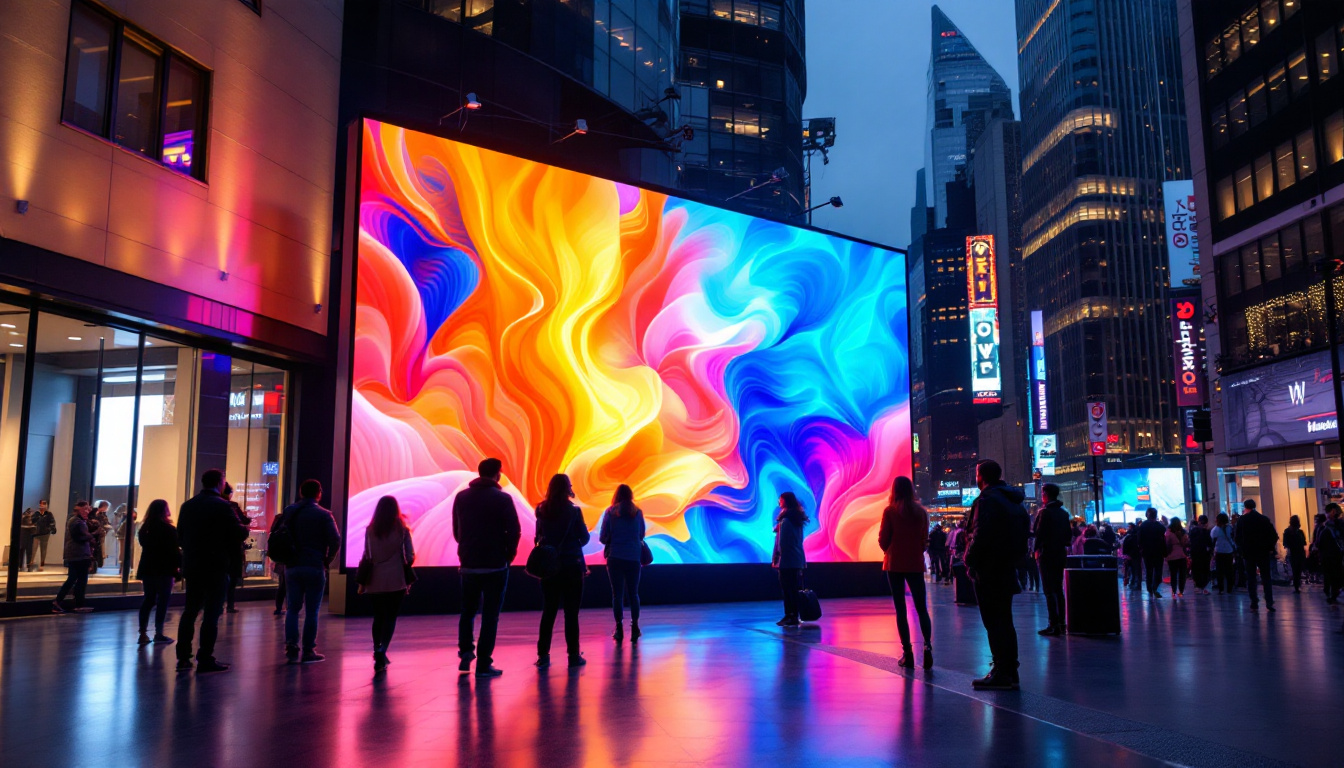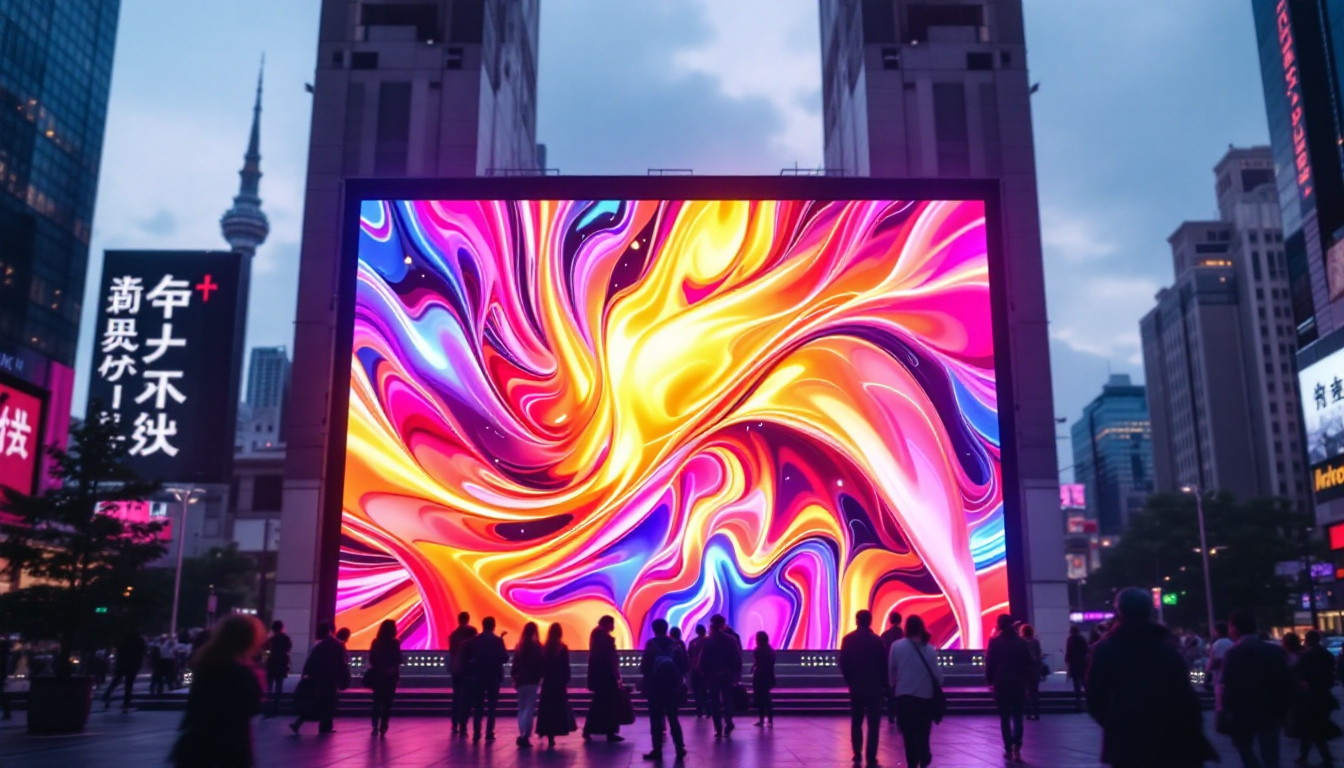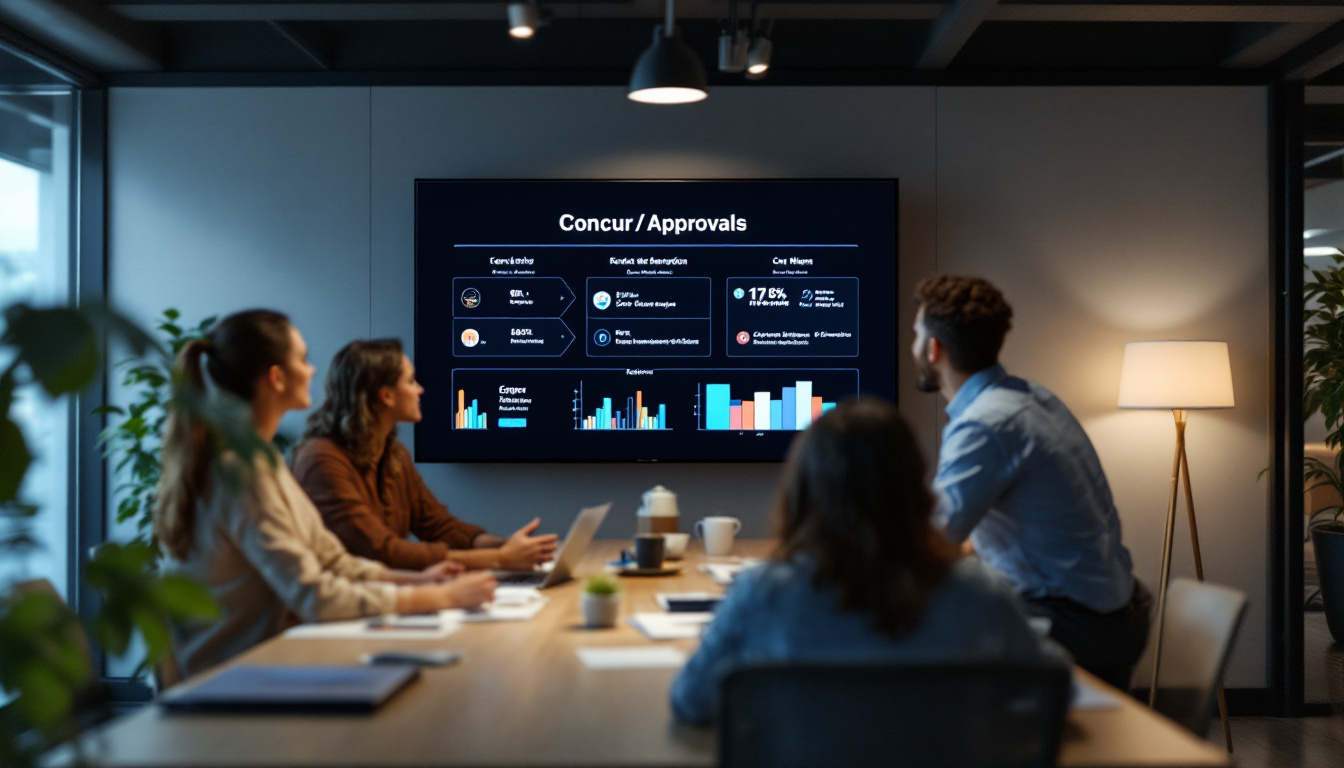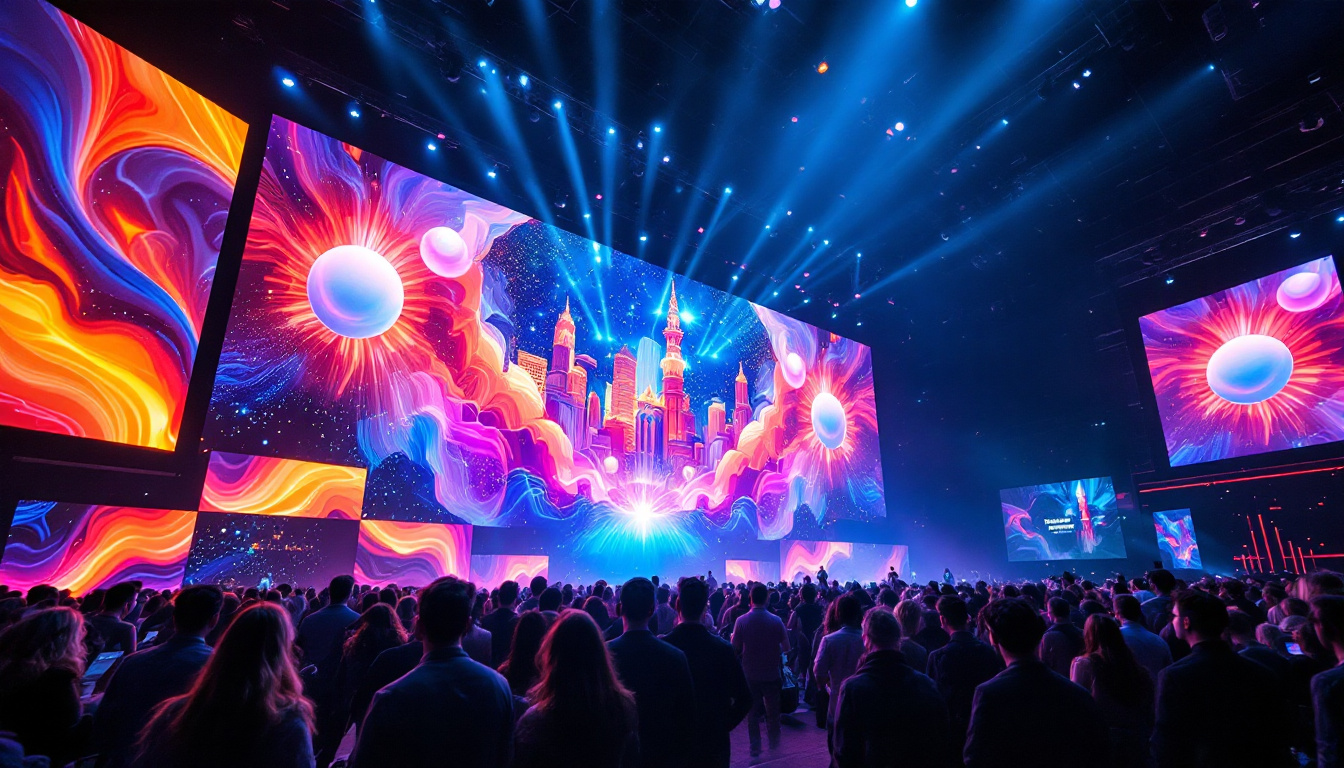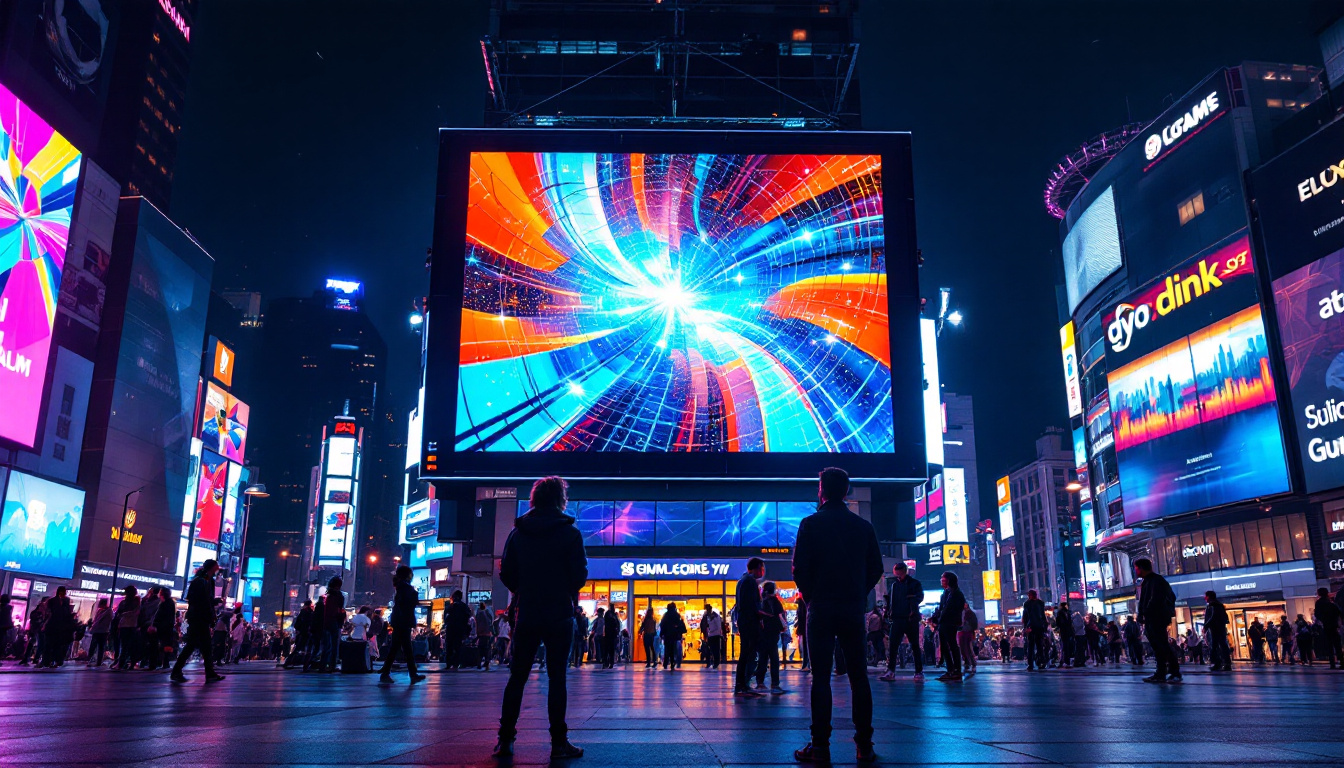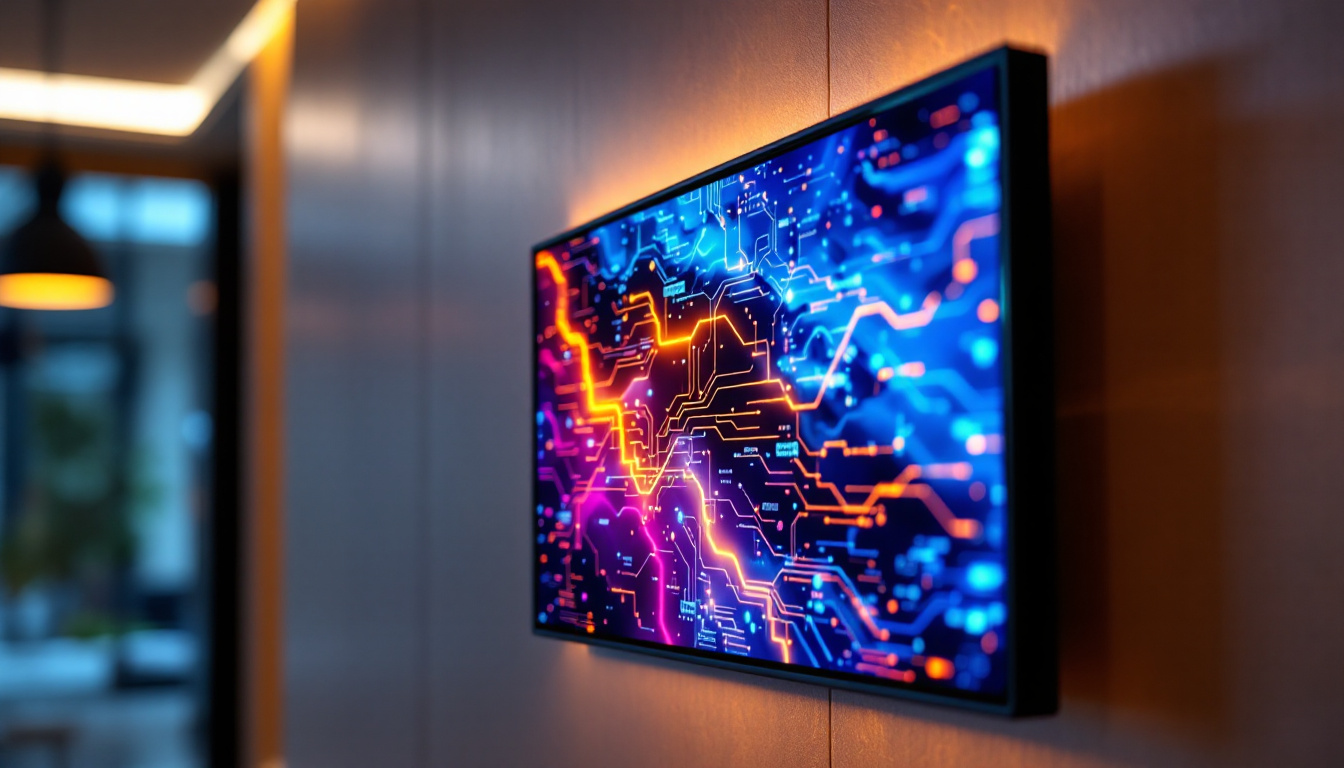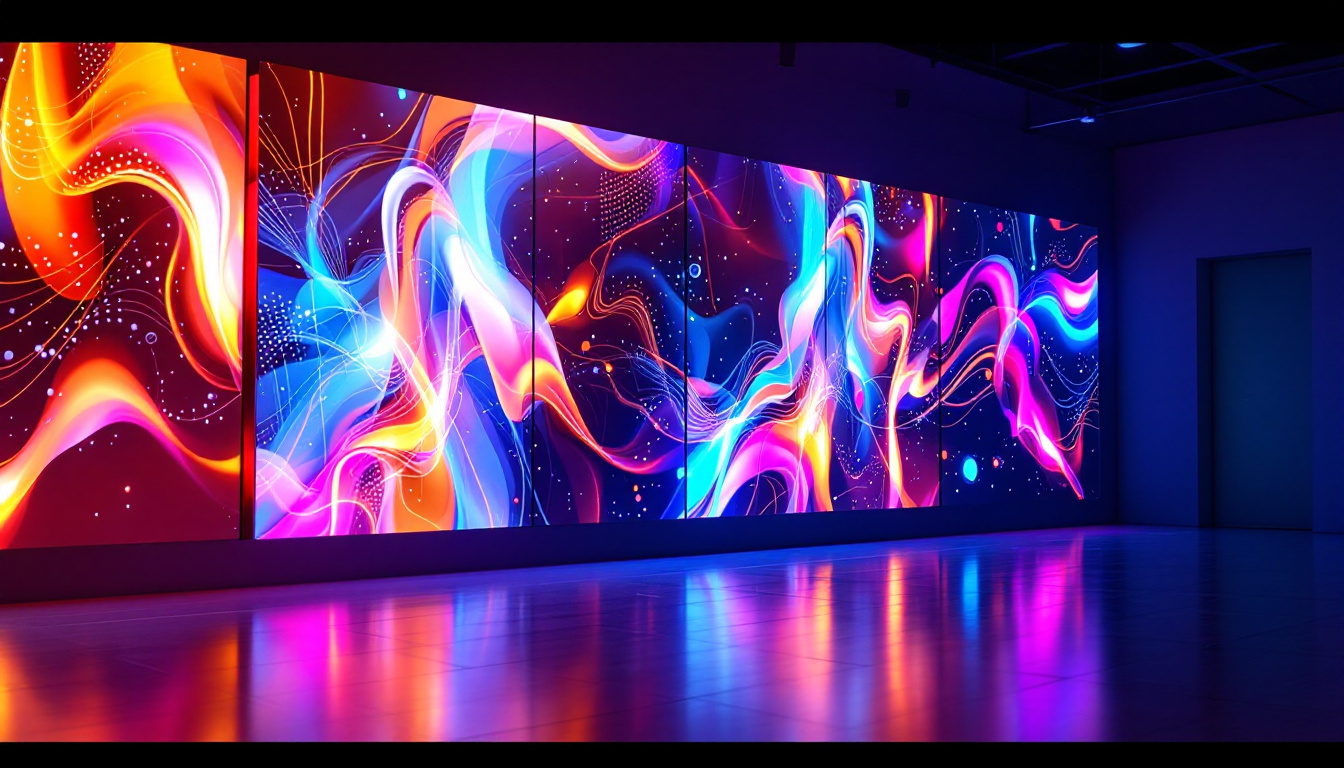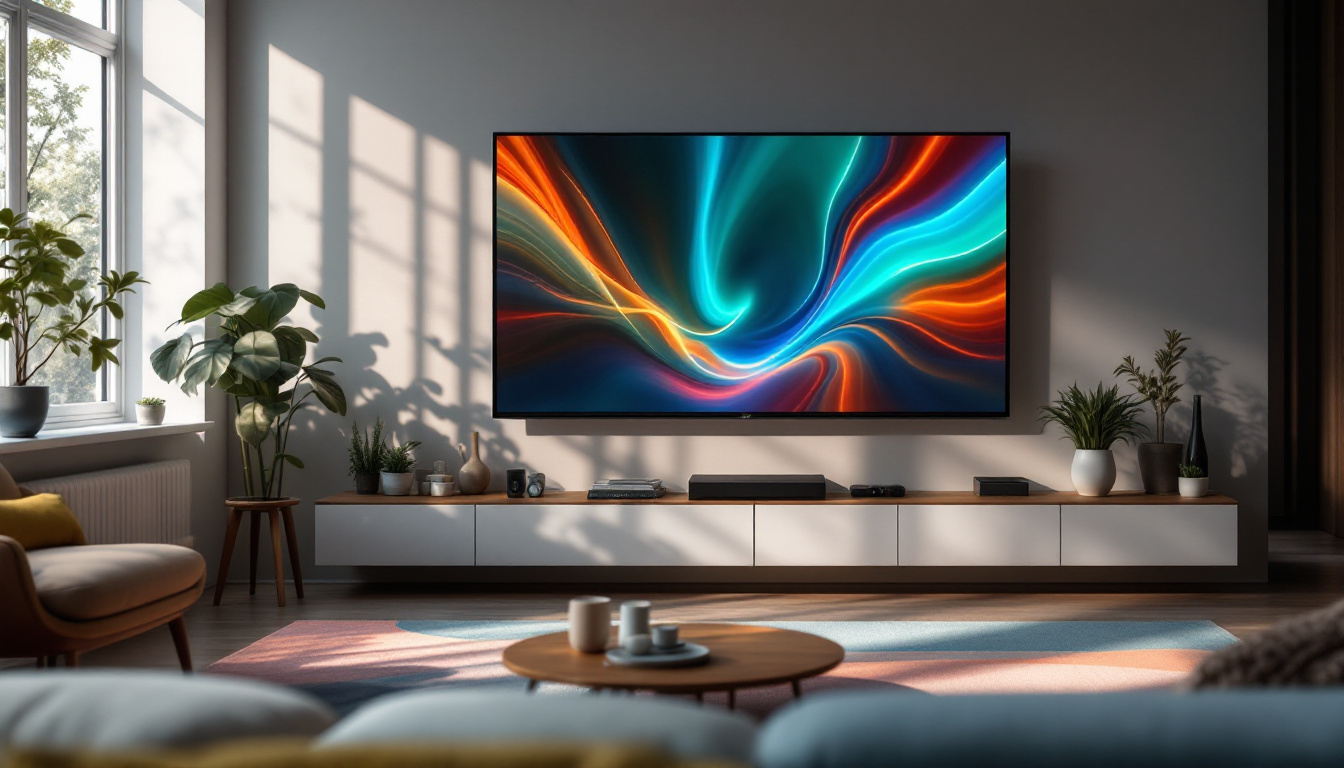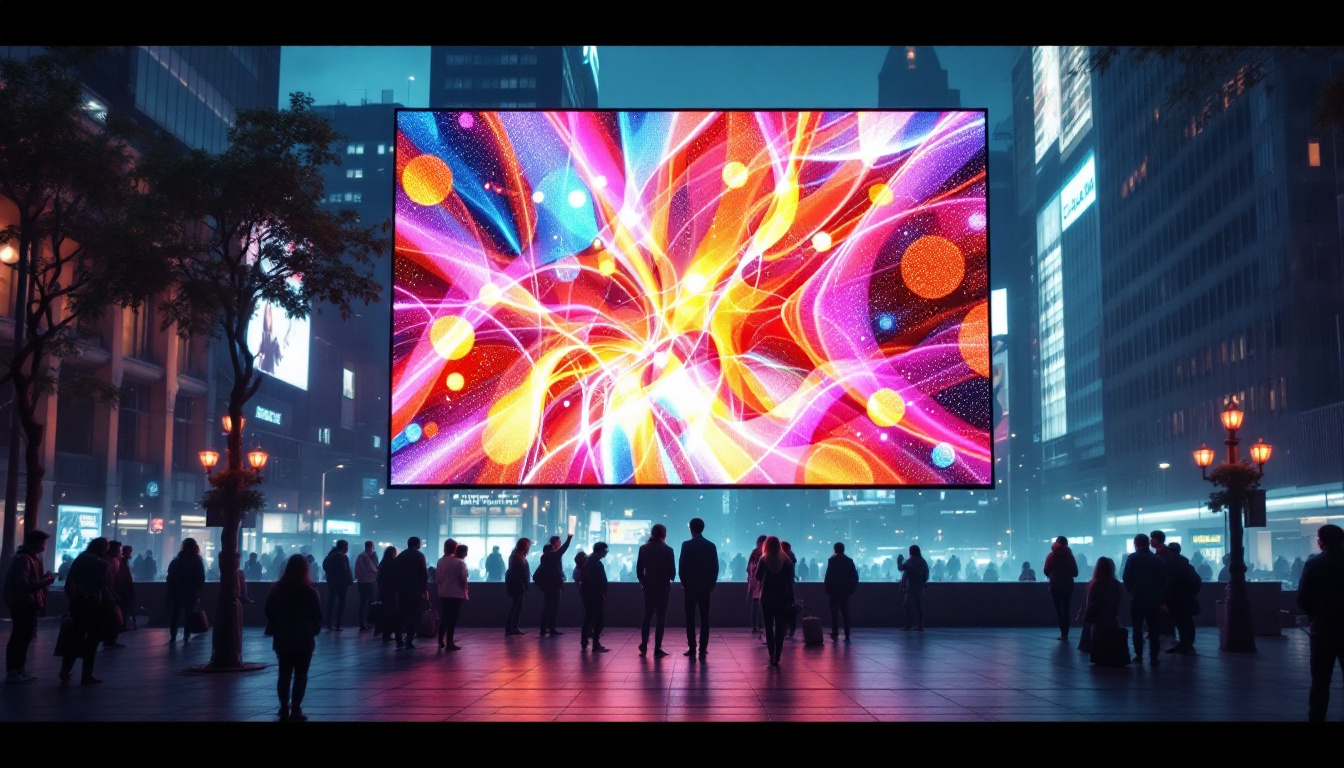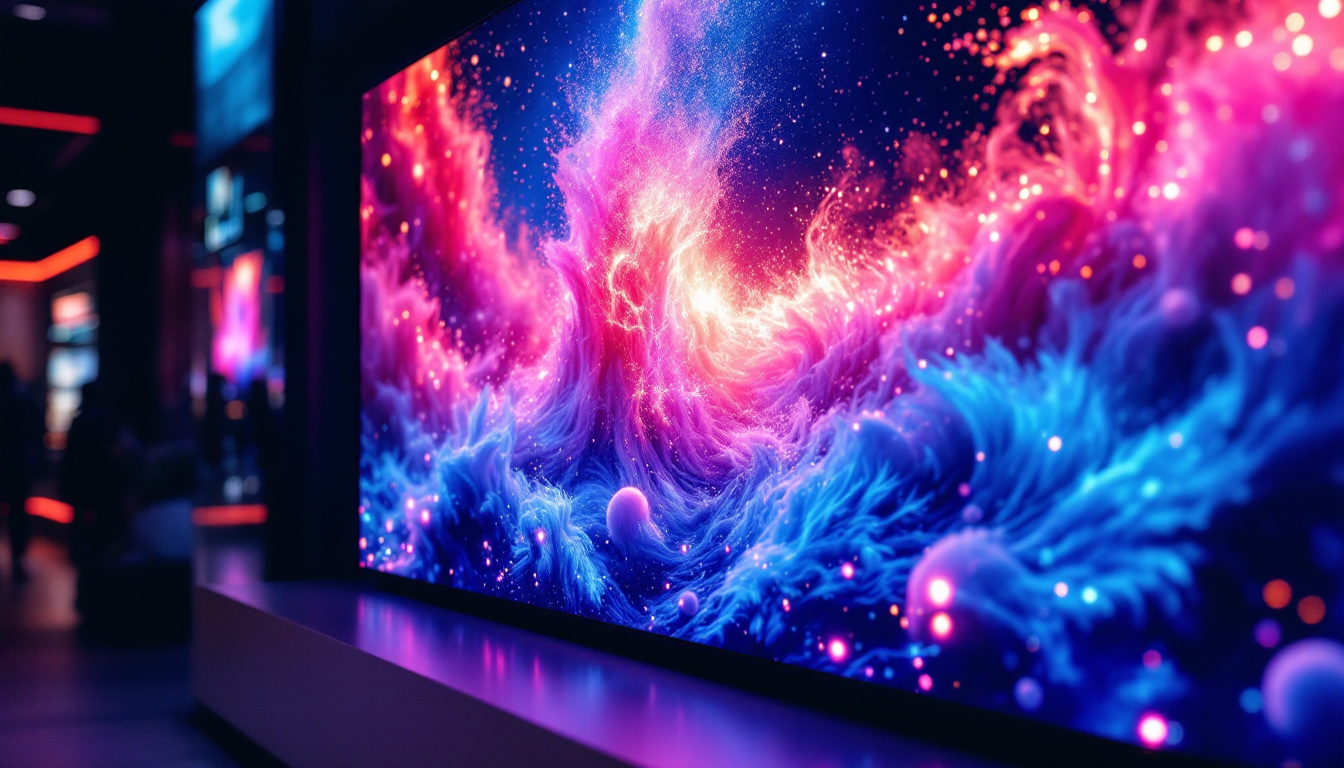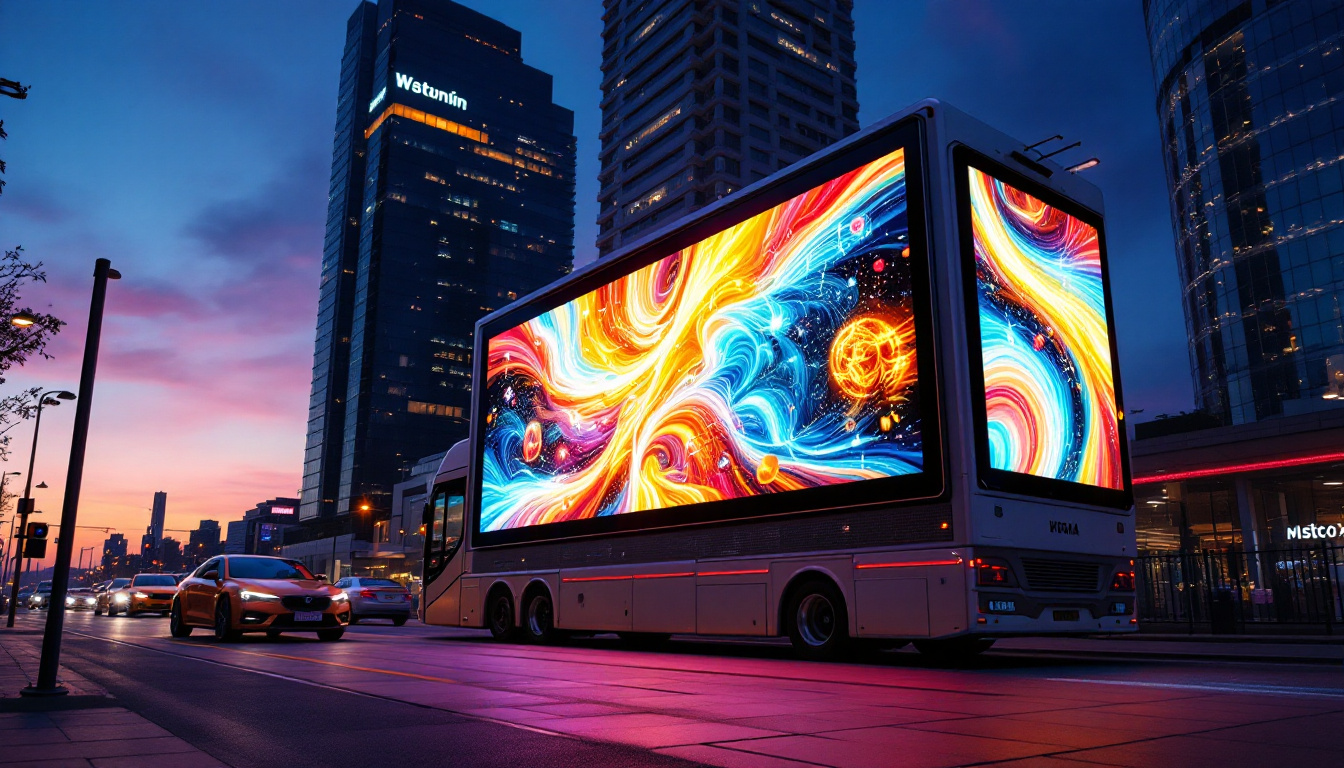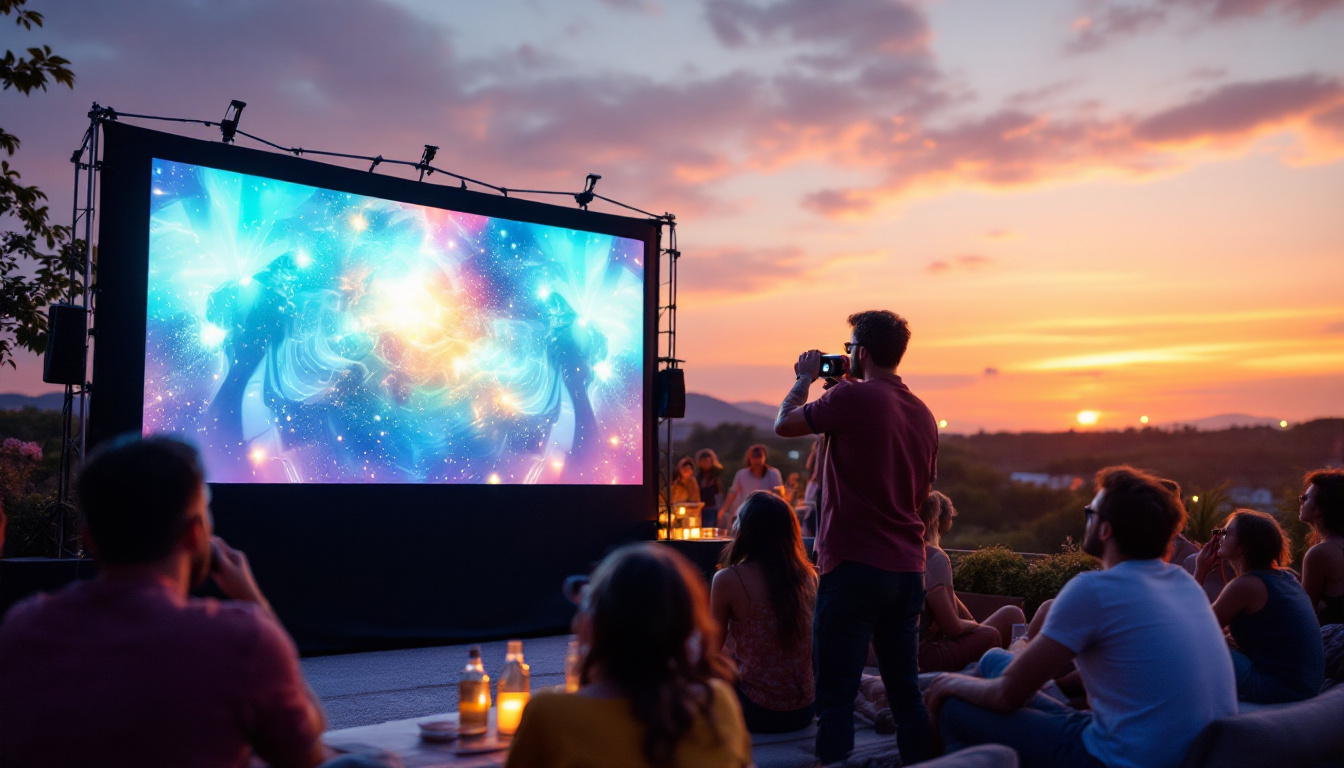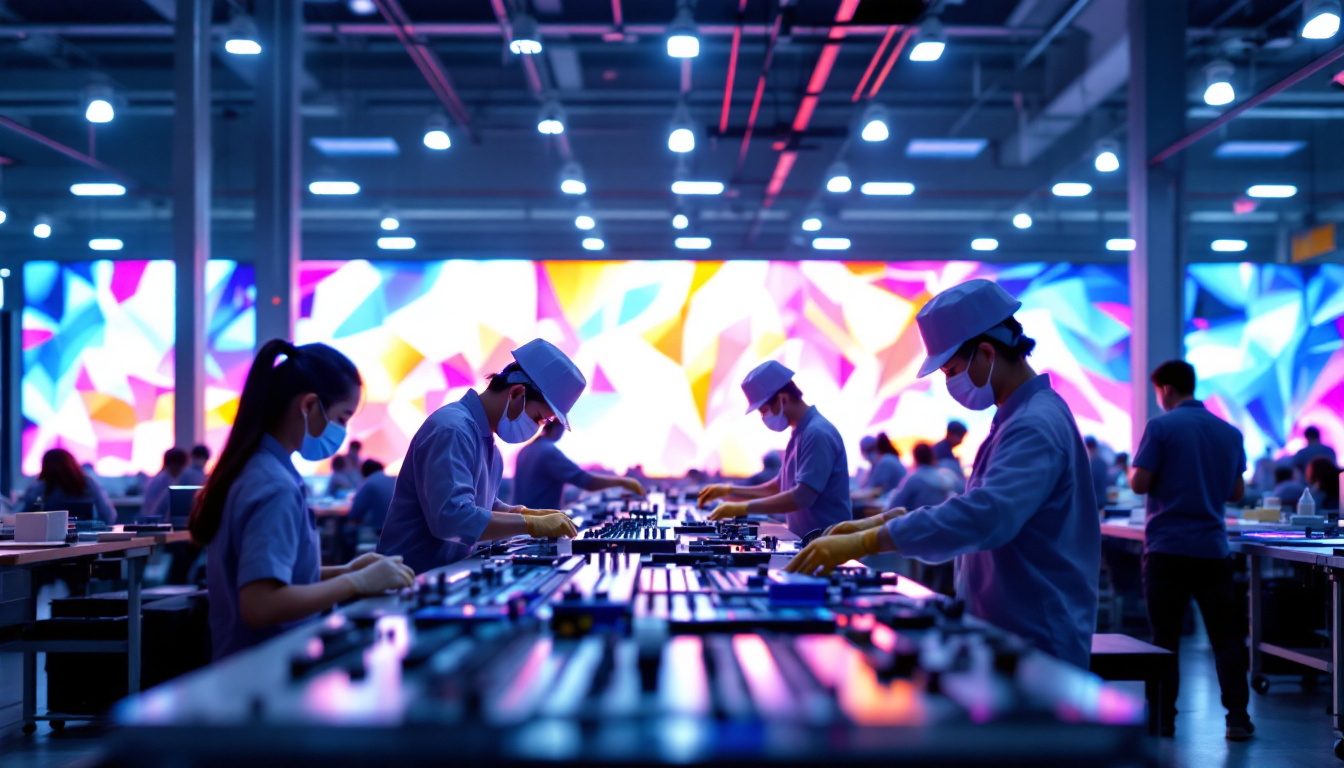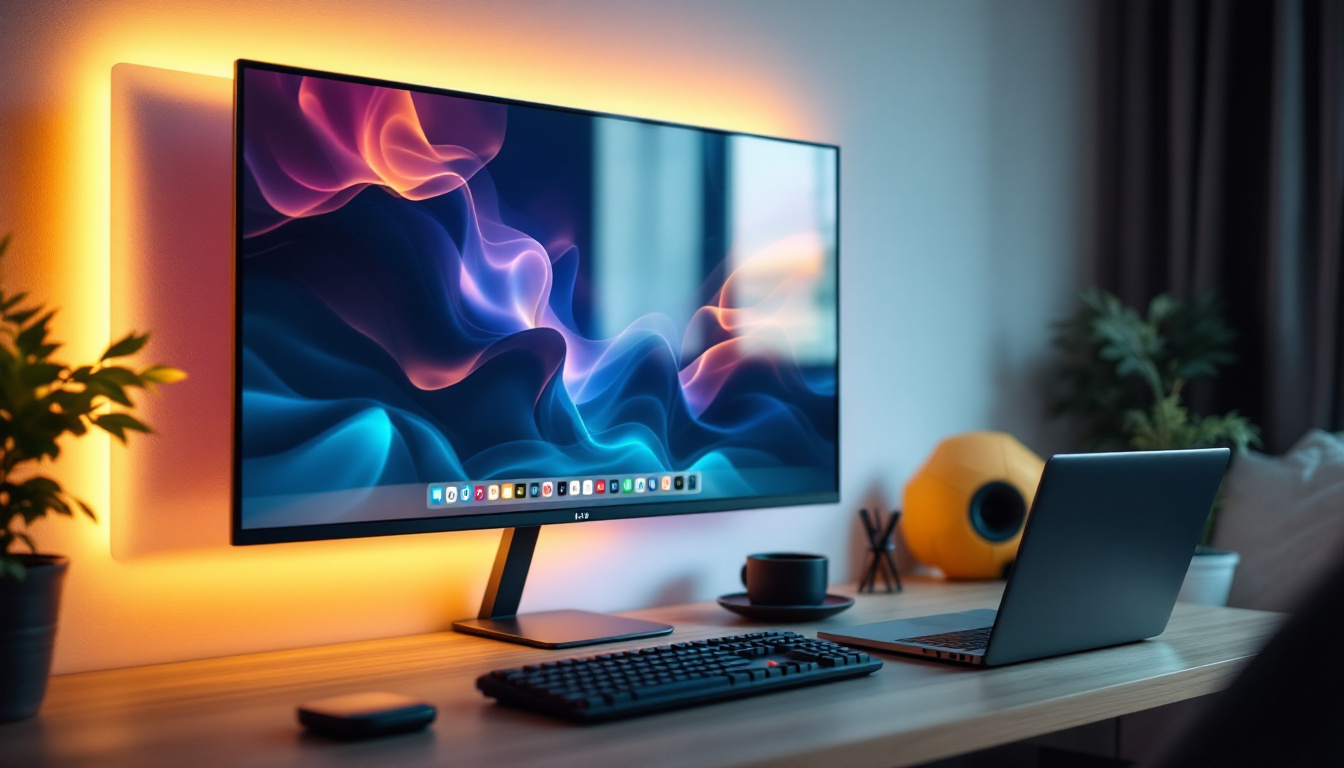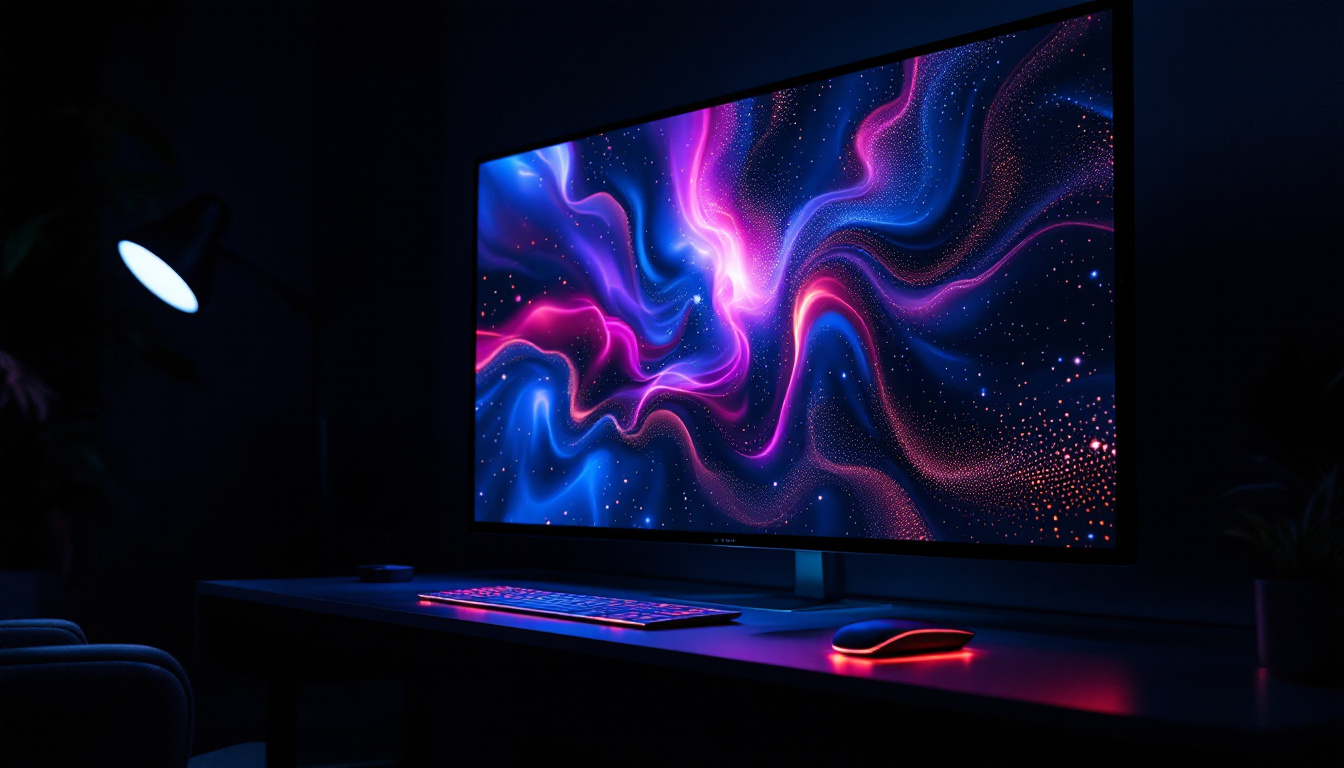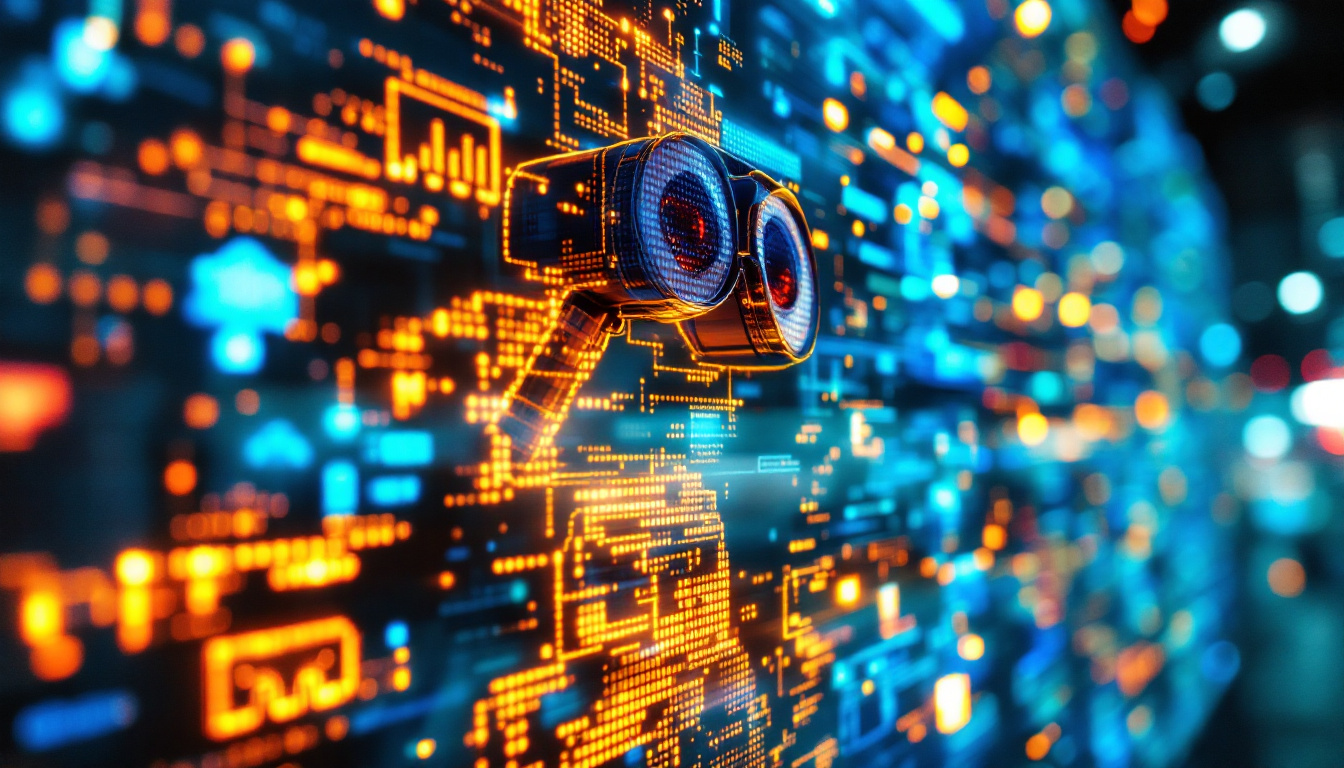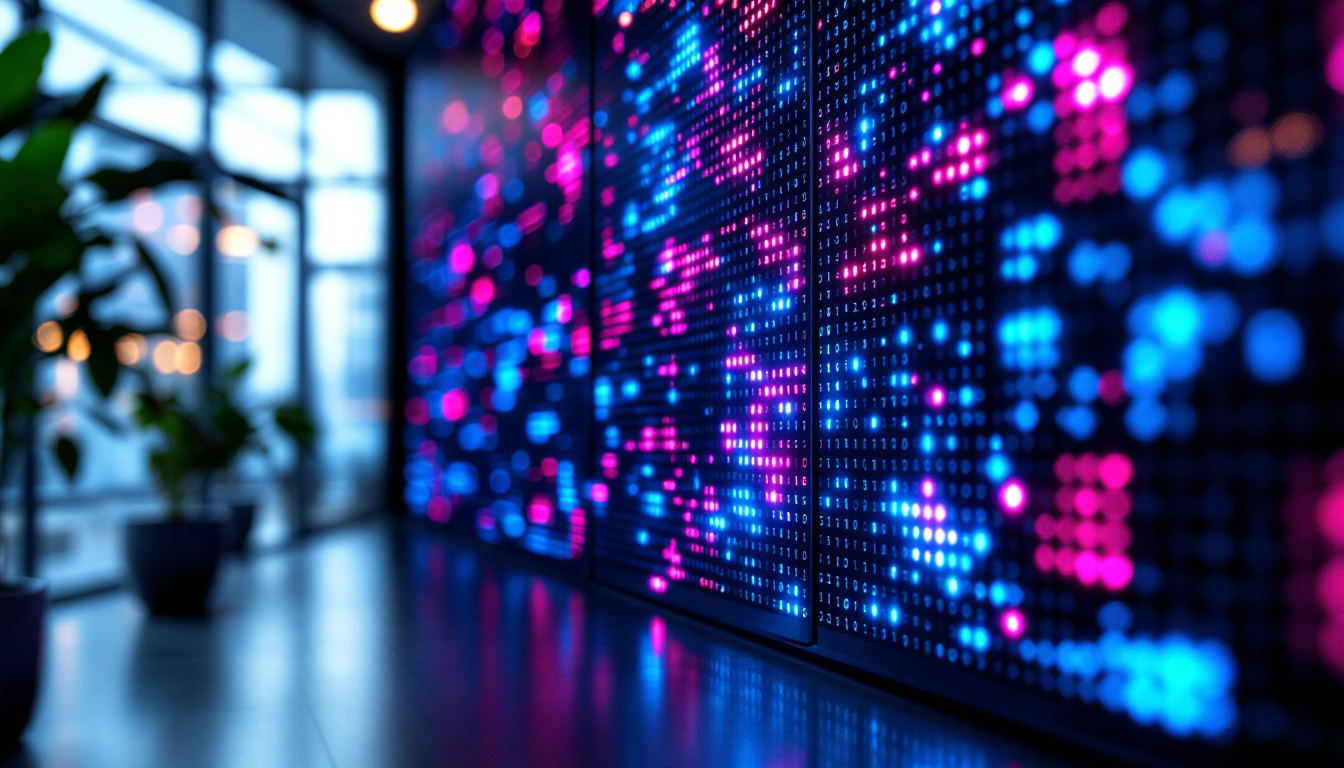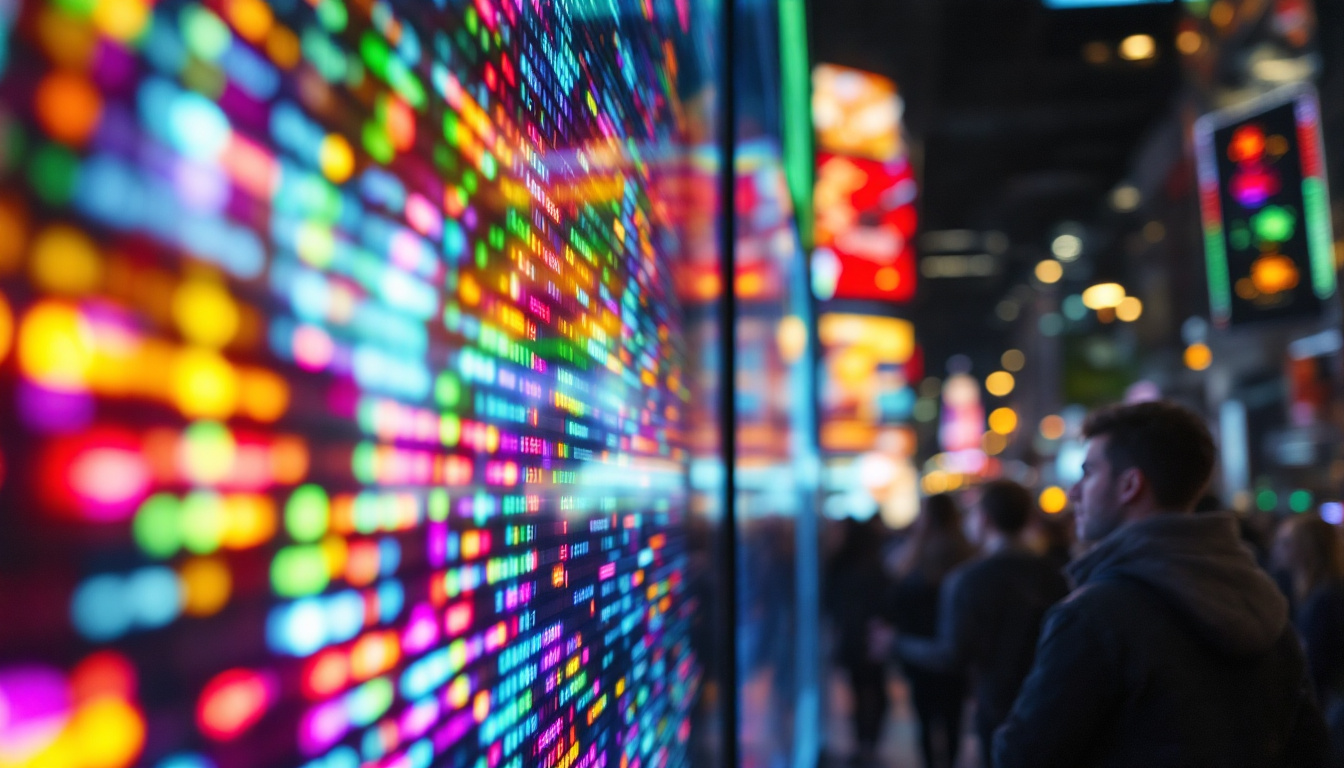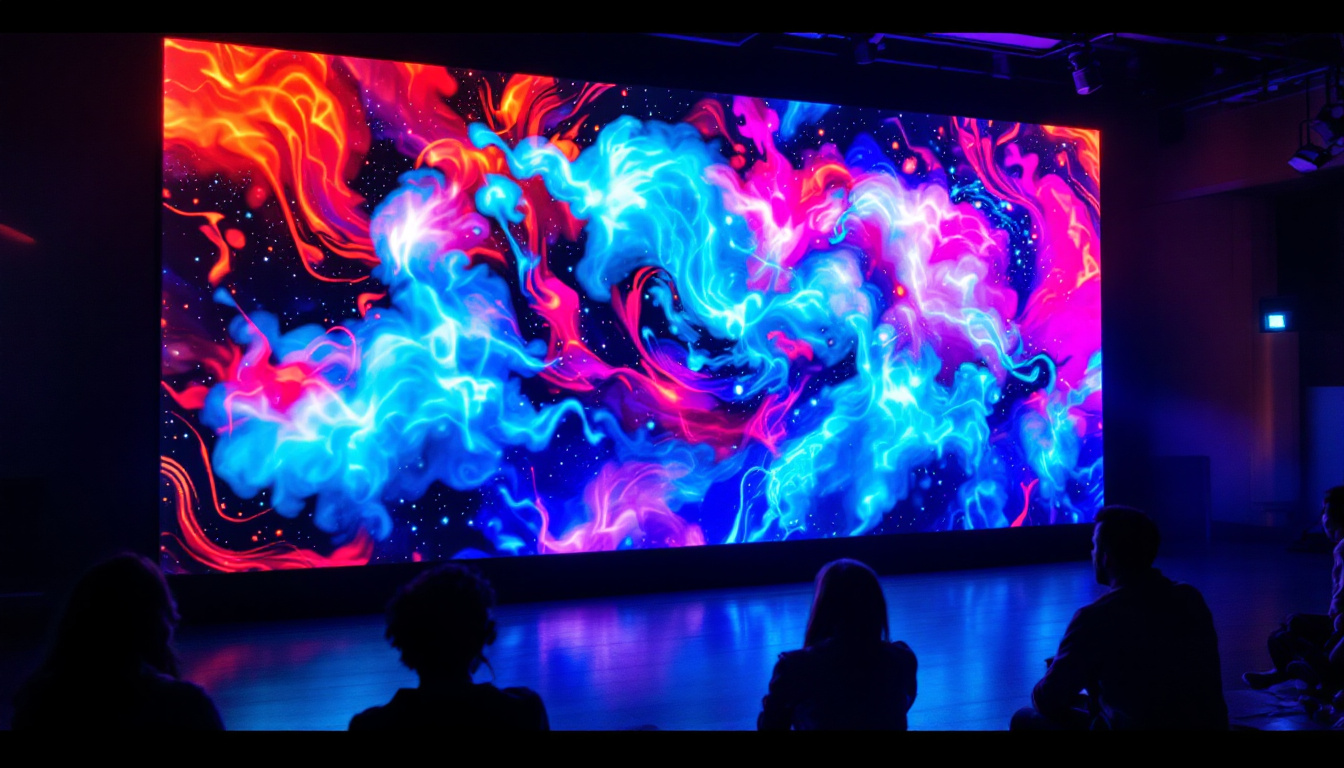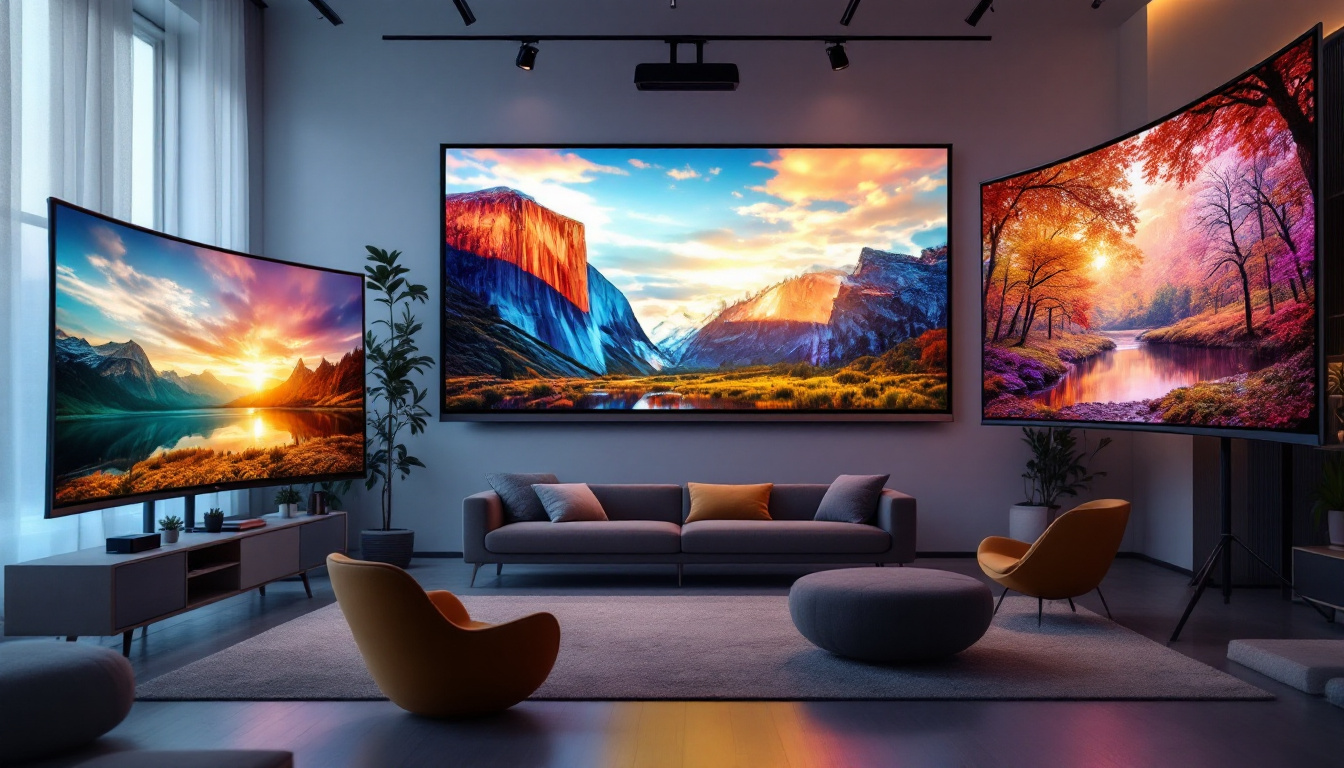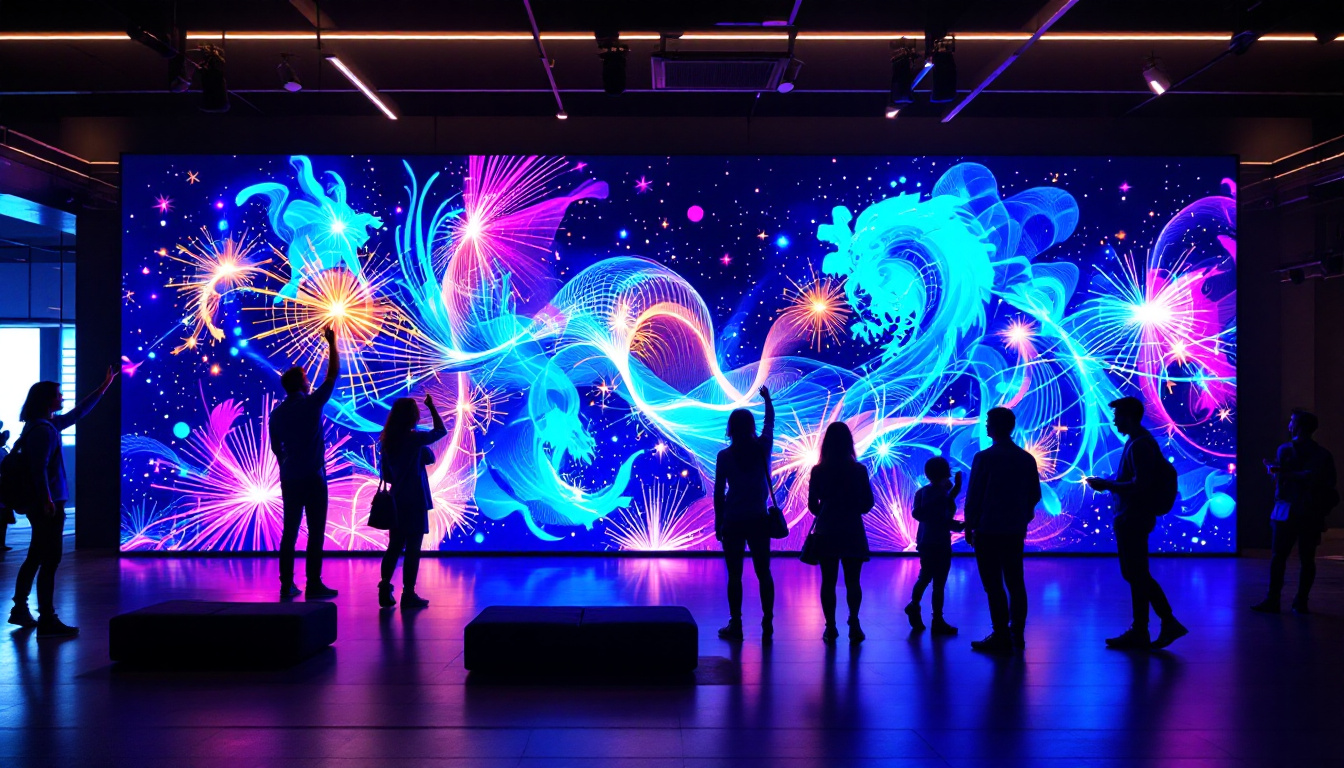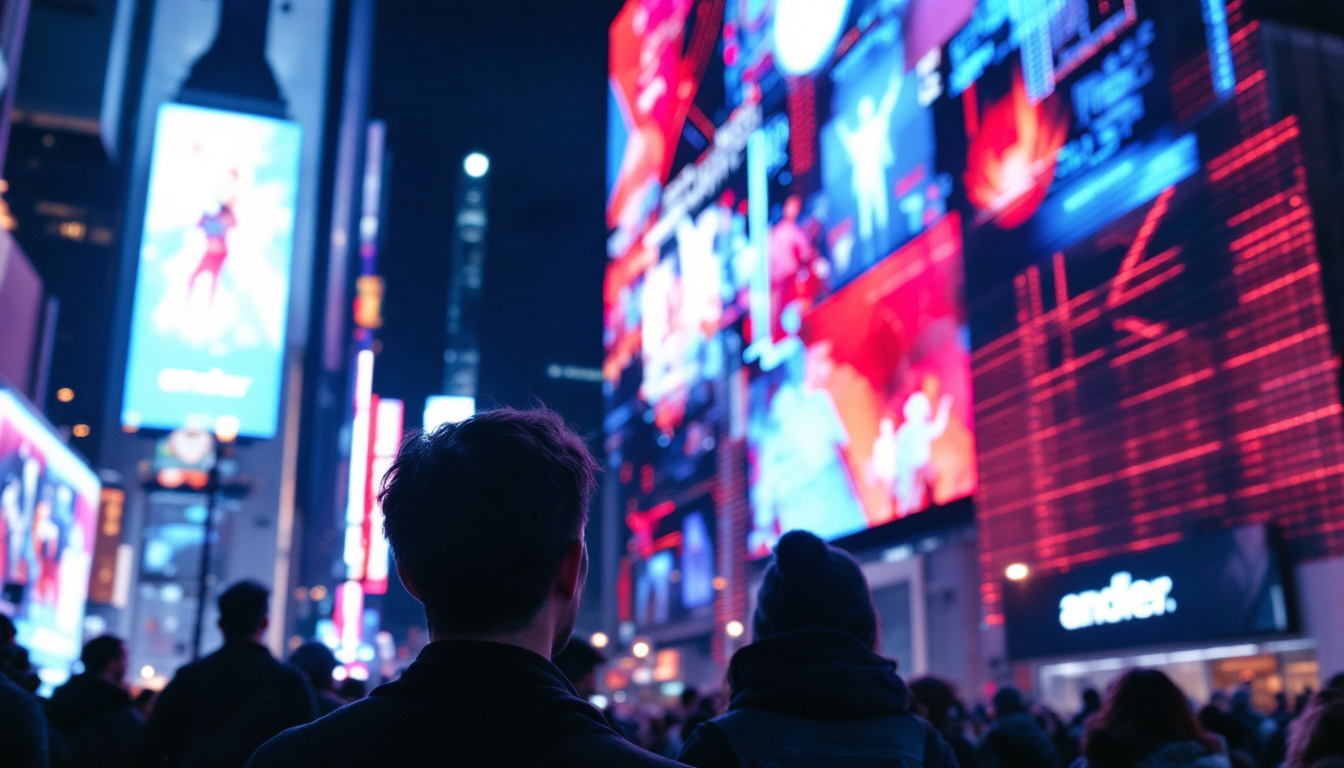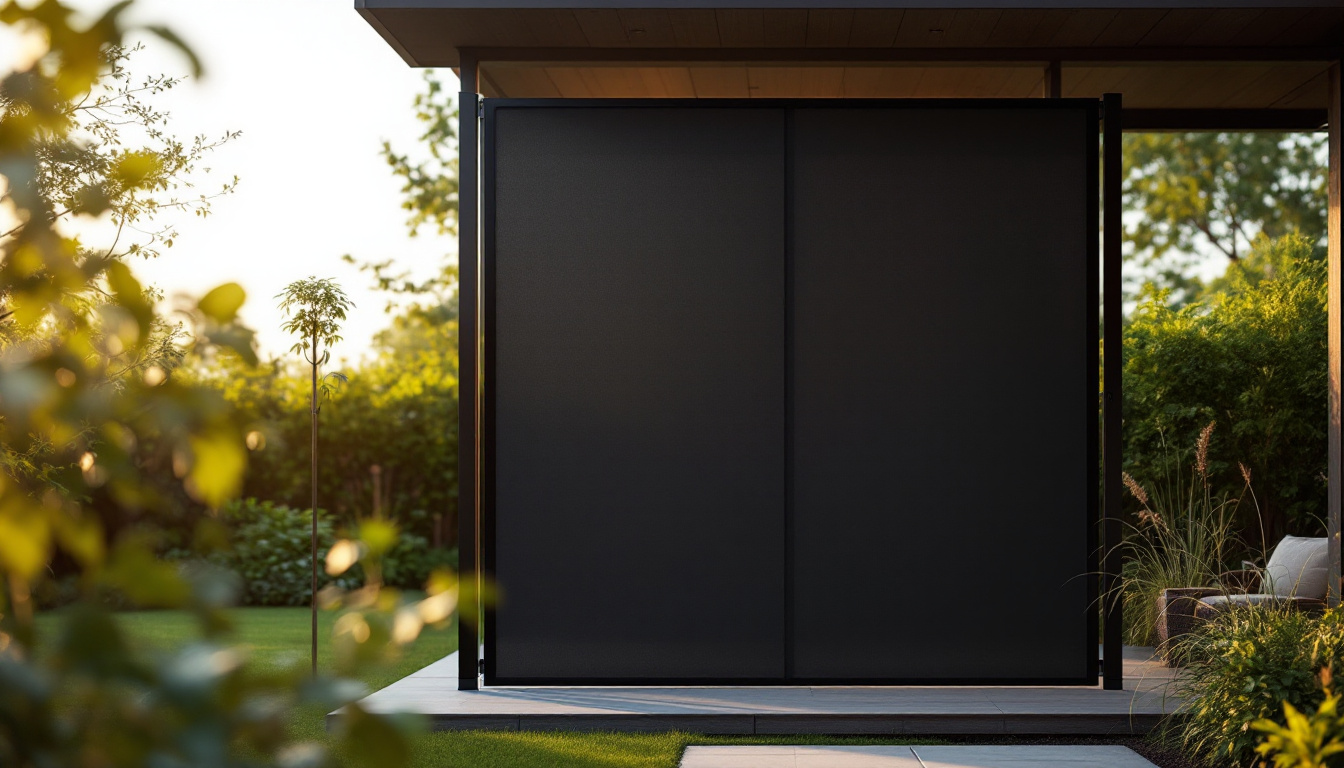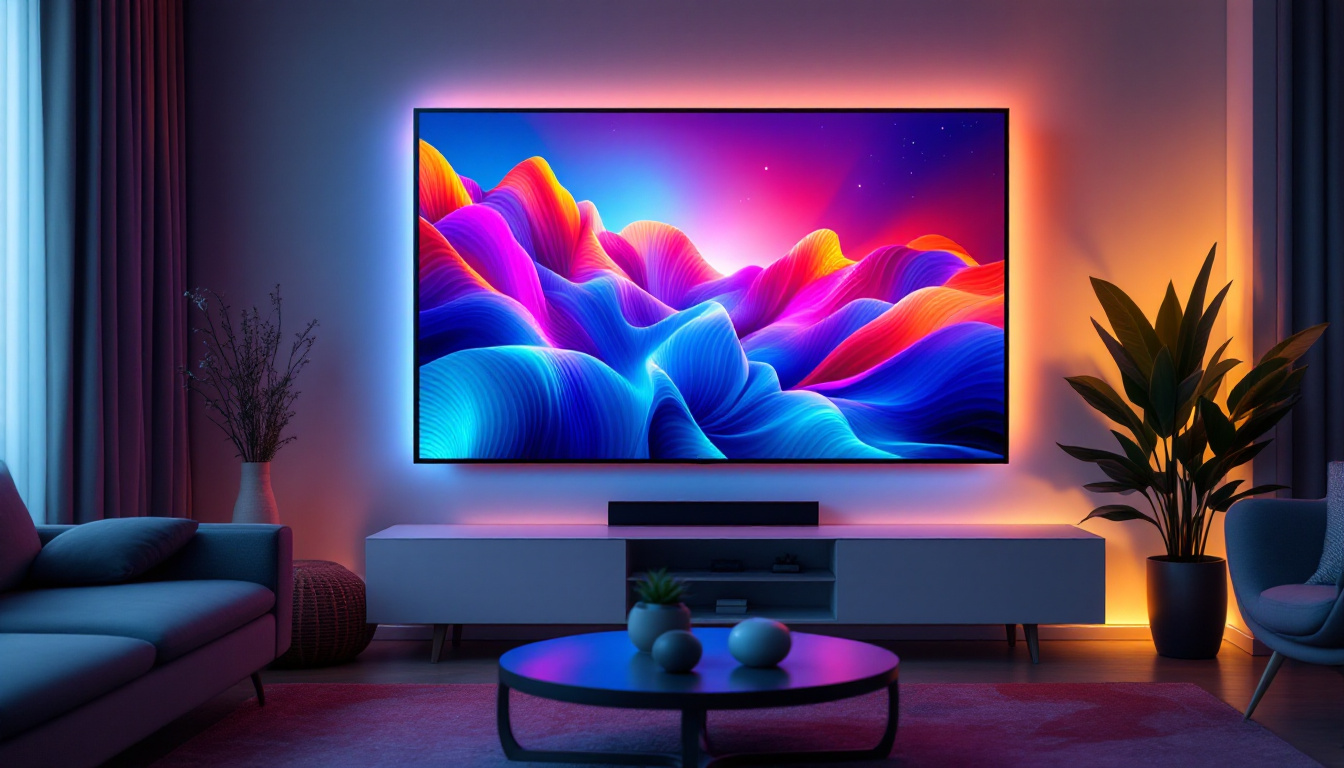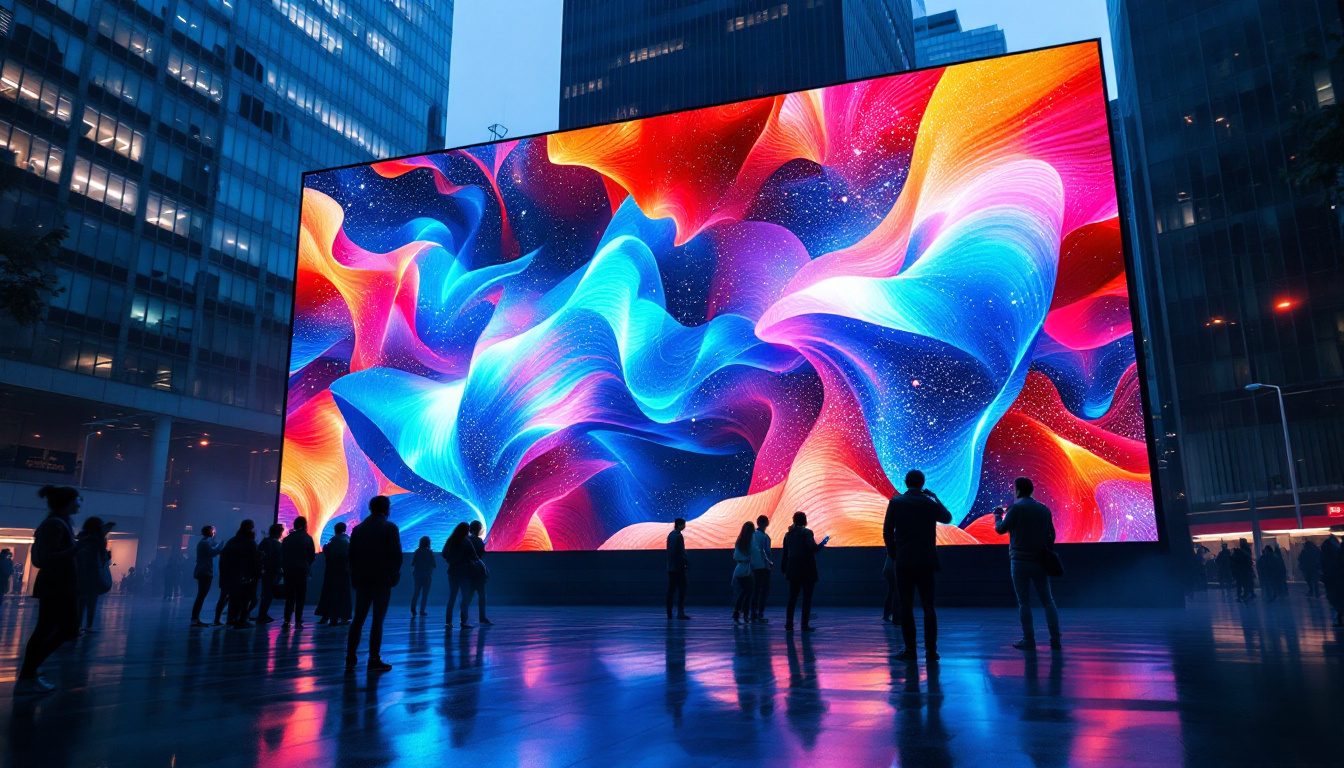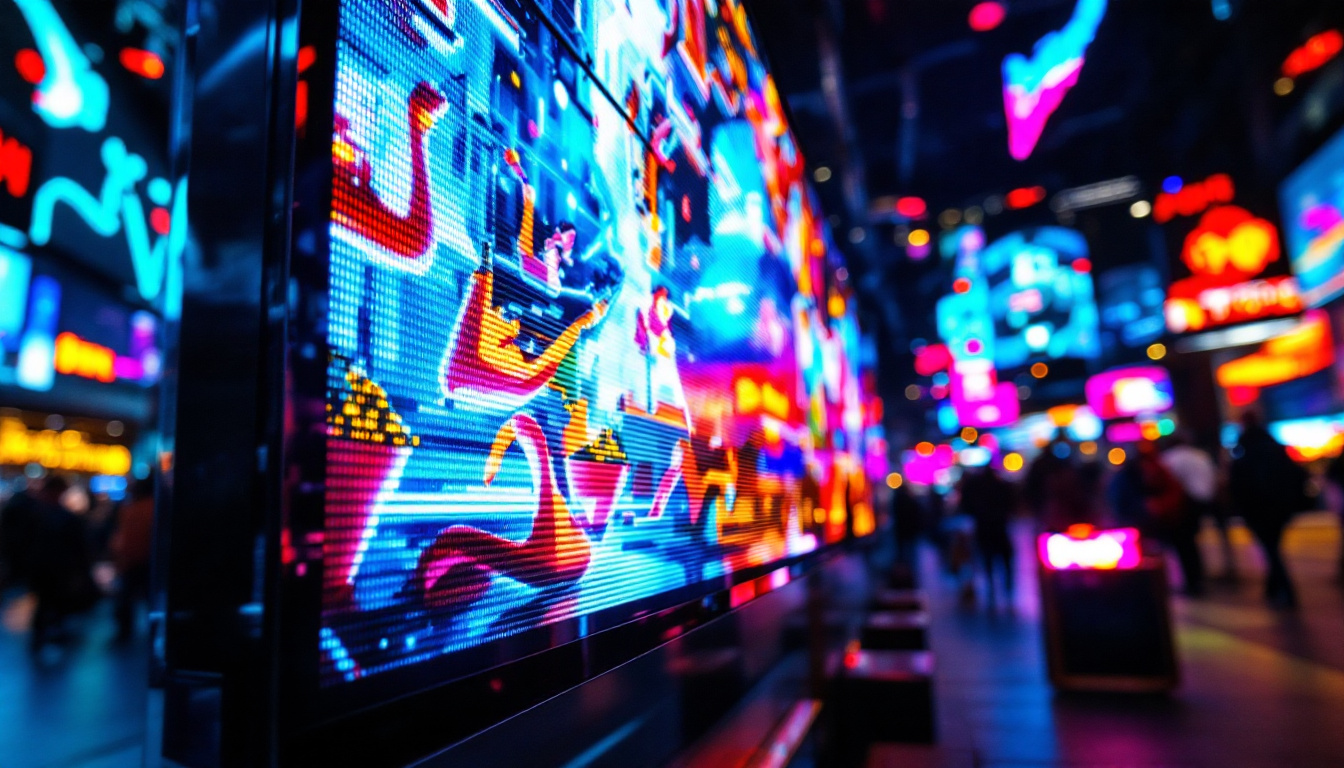In recent years, LED displays have become an integral part of modern technology, transforming how information is presented across various platforms. From advertising billboards to television screens and digital signage, the versatility and efficiency of LED technology have made it a popular choice. This article delves into the intricacies of LED displays, focusing on the Ln -Nfs technology, its applications, advantages, and future prospects.
Understanding LED Technology
Light Emitting Diodes (LEDs) are semiconductor devices that emit light when an electric current passes through them. The technology has evolved significantly since its inception, leading to the development of various types of LED displays that cater to different needs. Initially, LEDs were limited to emitting red light, but advancements in materials and technology have expanded their color range, allowing for the production of vibrant displays that can be found in everything from household lamps to massive outdoor billboards.
How LED Displays Work
At the core of LED displays are tiny diodes that generate light. These diodes are arranged in a matrix, where each pixel consists of red, green, and blue (RGB) subpixels. By adjusting the intensity of each subpixel, a wide spectrum of colors can be produced. This color mixing capability is what makes LED displays vibrant and dynamic. Furthermore, the rapid switching capability of LEDs allows for high refresh rates, making them suitable for displaying fast-moving images without blurring, which is particularly beneficial in applications such as sports broadcasting and gaming.
LED displays can be categorized into two main types: direct view and backlit. Direct view displays utilize individual LEDs to create images, while backlit displays use LEDs to illuminate a liquid crystal display (LCD) panel. Both types have their unique advantages and applications, making them suitable for various environments. For instance, direct view displays are often favored for their superior contrast ratios and color accuracy, while backlit displays are typically more cost-effective and can be thinner, making them easier to integrate into existing technologies.
Types of LED Displays
There are several types of LED displays, each designed for specific applications. Some of the most common types include:
- Indoor LED Displays: These are typically used in venues such as theaters, concert halls, and conference rooms. They offer high resolution and brightness, ensuring clear visibility in controlled lighting conditions. Indoor displays often feature advanced pixel pitch technology, allowing for closer viewing distances without sacrificing image quality.
- Outdoor LED Displays: Built to withstand harsh weather conditions, outdoor LED displays are commonly used for advertising and public information. They are designed to be highly visible in bright sunlight and can endure rain, wind, and temperature fluctuations. Many outdoor displays are equipped with protective coatings and robust housings to enhance durability and longevity.
- Transparent LED Displays: This innovative technology allows for displays that can be seen through, making them ideal for retail environments where product visibility is essential. They provide a unique way to engage customers while showcasing products. transparent displays can also be used in architectural applications, allowing buildings to incorporate digital signage without obstructing views.
- Flexible LED Displays: These displays are made from bendable materials, enabling them to conform to various shapes and surfaces. They are particularly popular in creative advertising and artistic installations, allowing for innovative designs that were previously impossible with traditional display technologies.
Ln -Nfs Technology: An Overview
Ln -Nfs is a specific type of LED display technology that has garnered attention for its unique features and capabilities. This technology is designed to enhance the performance and visual quality of LED displays, making them more effective for various applications.
Key Features of Ln -Nfs
One of the standout features of Ln -Nfs technology is its ability to deliver high contrast ratios and vibrant colors. This is achieved through advanced pixel management and color calibration techniques that ensure consistent performance across the display surface. The technology also employs a unique light diffusion system that minimizes glare and enhances viewing angles, making it suitable for both indoor and outdoor environments.
Additionally, Ln -Nfs displays often incorporate energy-efficient designs, which not only reduce operational costs but also contribute to environmental sustainability. The technology is designed to minimize power consumption without compromising on brightness or color accuracy. Furthermore, the longevity of Ln -Nfs displays is notable, as they are built to withstand various environmental conditions, which reduces the frequency of replacements and maintenance.
Applications of Ln -Nfs Displays
Ln -Nfs technology is versatile and can be utilized in a variety of settings. Some notable applications include:
- Advertising: Many businesses leverage Ln -Nfs displays for dynamic advertising campaigns. The high-resolution images and vibrant colors capture attention, making them effective for attracting customers. The ability to update content in real-time allows companies to tailor their messages based on audience engagement and market trends.
- Events and Entertainment: Concerts, festivals, and sporting events often feature Ln -Nfs displays to enhance the audience experience. The technology allows for stunning visuals that can be easily customized for different performances. Additionally, the integration of interactive elements, such as live feeds and social media integration, creates a more immersive experience for attendees.
- Corporate Communication: Companies utilize Ln -Nfs displays for internal communications, presentations, and information sharing. The clarity and brightness of the displays ensure that messages are conveyed effectively. Moreover, these displays can be networked to allow for centralized control, making it easier for organizations to manage content across multiple locations.
Beyond these applications, Ln -Nfs technology is also making strides in the field of education. Educational institutions are increasingly adopting this technology for classrooms and auditoriums, where the enhanced visual quality aids in teaching and learning experiences. The interactive capabilities of Ln -Nfs displays allow for engaging presentations that can incorporate multimedia elements, fostering a more dynamic educational environment. Furthermore, the durability of these displays ensures that they can withstand the rigors of daily use in busy educational settings.
In the realm of transportation, Ln -Nfs displays are being utilized in airports and train stations for real-time information dissemination. These displays provide travelers with up-to-date flight and schedule information, enhancing the overall travel experience. The high visibility and clarity of the displays ensure that critical information is easily accessible, thereby improving operational efficiency and passenger satisfaction.
Advantages of Ln -Nfs LED Displays
The adoption of Ln -Nfs technology comes with several advantages that make it a preferred choice for many organizations. Understanding these benefits can help businesses make informed decisions when investing in display technology.
High Visual Quality
One of the most significant advantages of Ln -Nfs displays is their exceptional visual quality. With high resolution and contrast ratios, these displays deliver sharp images and vibrant colors that stand out. This quality is particularly important in environments where visual impact is crucial, such as retail spaces and event venues.
Energy Efficiency
Energy consumption is a critical consideration for businesses looking to reduce operational costs. Ln -Nfs technology is designed with energy efficiency in mind, allowing for lower electricity bills without sacrificing performance. This not only benefits the bottom line but also aligns with sustainability goals.
Durability and Longevity
Ln -Nfs displays are built to last. The technology is designed to withstand various environmental factors, making it suitable for both indoor and outdoor applications. This durability translates to lower maintenance costs and a longer lifespan, providing excellent value for investment.
Challenges and Considerations
While Ln -Nfs technology offers numerous advantages, it is essential to consider potential challenges when implementing LED displays. Understanding these challenges can help organizations prepare and make the most of their investment.
Initial Investment Costs
One of the primary challenges associated with Ln -Nfs displays is the initial investment cost. High-quality LED technology can be more expensive than traditional display options. However, the long-term benefits, including energy savings and reduced maintenance, often outweigh the initial expenditure.
Installation and Maintenance
Proper installation and maintenance are crucial for maximizing the performance of Ln -Nfs displays. Organizations may need to invest in professional installation services to ensure that the displays are set up correctly. Additionally, regular maintenance is essential to keep the displays functioning optimally over time.
The Future of LED Display Technology
The future of LED display technology, particularly Ln -Nfs, looks promising. As advancements in technology continue to emerge, several trends are shaping the landscape of LED displays.
Advancements in Resolution
One of the most exciting trends is the continuous improvement in resolution. As technology evolves, manufacturers are developing displays with even higher pixel densities, resulting in sharper images and more detailed visuals. This trend is particularly beneficial for applications that require high-definition content, such as broadcasting and digital signage.
Integration with Smart Technology
Another significant trend is the integration of LED displays with smart technology. This includes features such as IoT connectivity, enabling displays to be remotely monitored and controlled. Smart displays can adapt to their environment, adjusting brightness based on ambient light levels, further enhancing energy efficiency.
Customization and Interactivity
As consumer expectations evolve, there is a growing demand for customizable and interactive displays. Ln -Nfs technology is well-positioned to meet this demand, allowing businesses to create tailored content that engages audiences. Interactive displays can facilitate user participation, making them ideal for retail environments and events.
Conclusion
Ln -Nfs technology represents a significant advancement in LED display technology, offering a range of benefits that cater to various applications. From high visual quality and energy efficiency to durability and longevity, the advantages are compelling for businesses looking to invest in display solutions.
As the technology continues to evolve, organizations can expect even more innovative features and capabilities that will enhance the effectiveness of LED displays. By understanding the intricacies of Ln -Nfs technology and its applications, businesses can make informed decisions that align with their goals and enhance their communication strategies.
In a world where visual communication is paramount, embracing advanced LED display technology like Ln -Nfs can provide a competitive edge, ensuring that messages are not only seen but also resonate with audiences.
Discover LumenMatrix LED Display Solutions
Ready to elevate your visual communication strategy with cutting-edge LED technology? Explore LumenMatrix’s comprehensive range of LED display solutions, designed to bring your brand to life. Whether you need an Indoor LED Wall Display for a corporate event, an Outdoor LED Wall Display for impactful advertising, or any of our specialized solutions like Vehicle LED Displays and LED Sports Displays, LumenMatrix has you covered. Embrace the future of digital signage with our innovative and engaging LED display modules. Check out LumenMatrix LED Display Solutions today and transform your visual presence.

